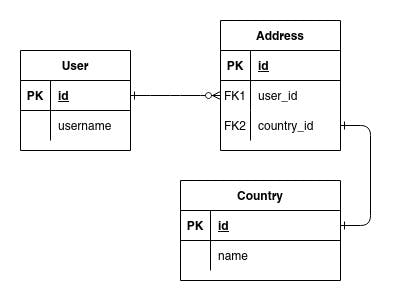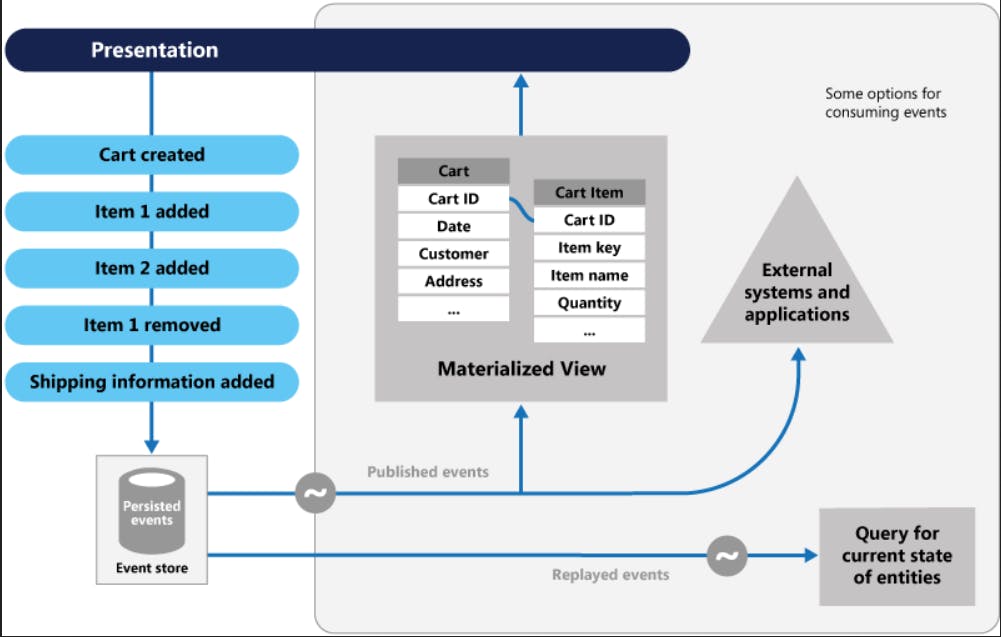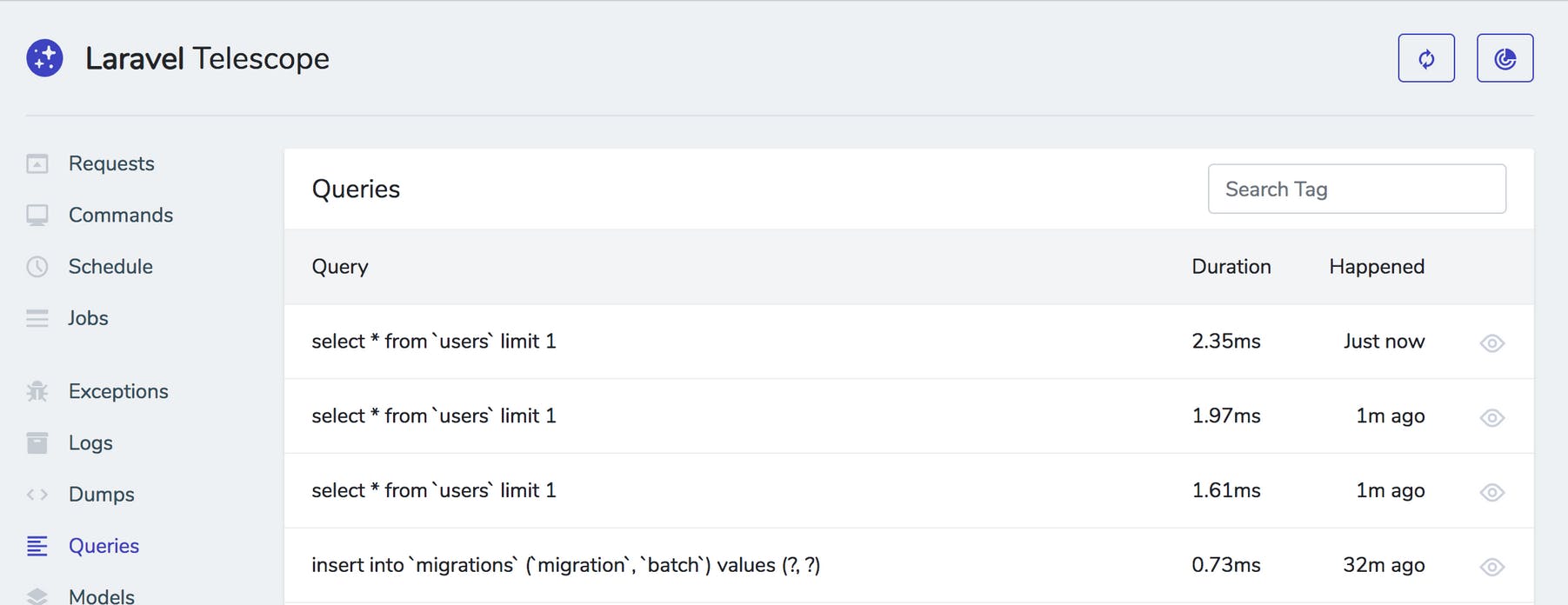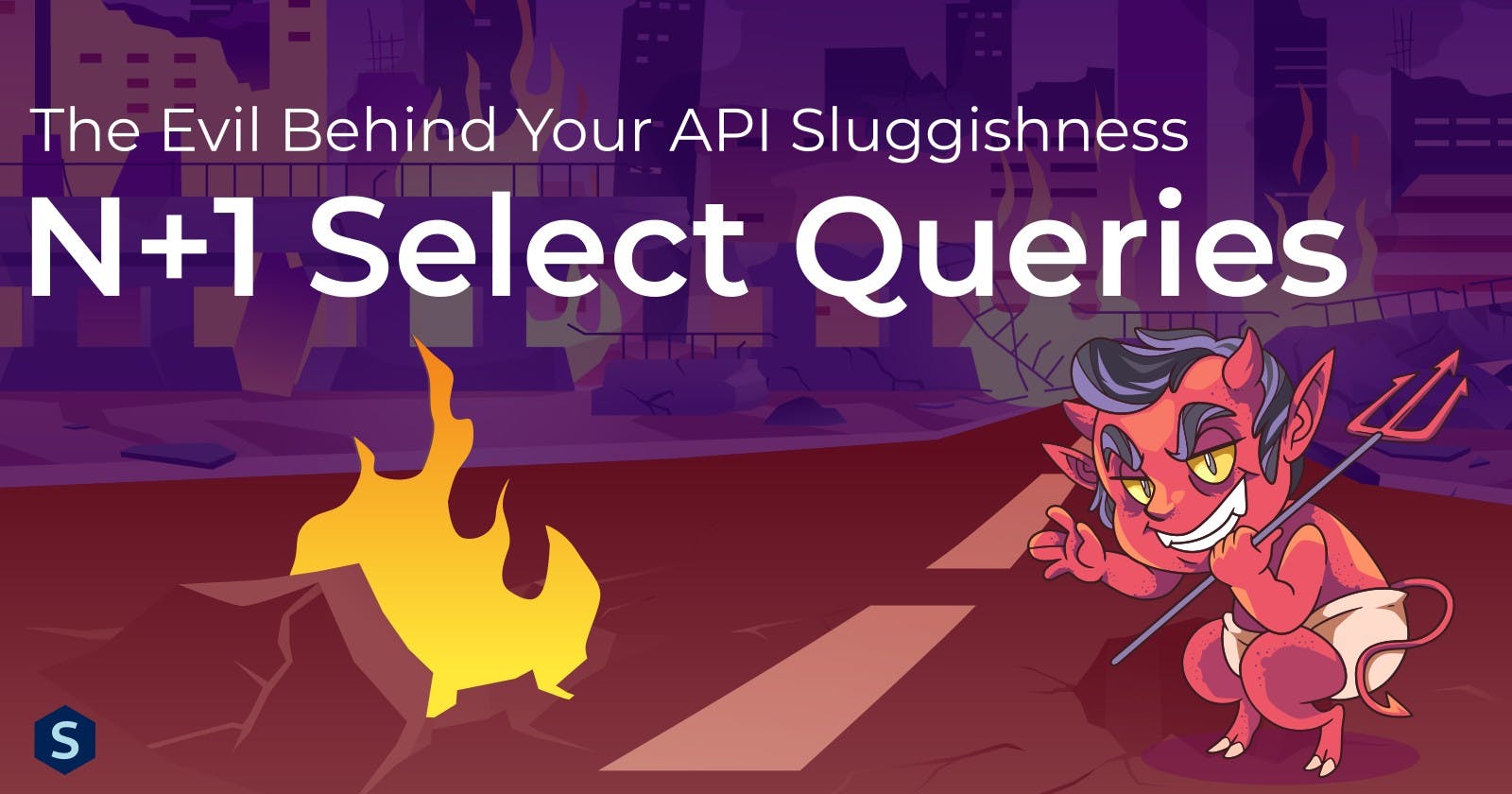The Evil Behind Your API Sluggishness: N+1 Select Queries
Your APIs start to slow down? Maybe it's time to check the database queries
It is a fine morning, you're sitting on your desk coding away a small feature while sipping your coffee, until the customer support guy shows up beside your desk and tells you that the customers are complaining about slow load time and bad performance. Some of the operations that used to take less than 300ms are now occupying over 4s!
Arguably, solving performance issues isn't the easiest task. At times, they might even seem impossible without taking weeks if not months. Even worse, performance issues tend to be highly critical, like can you imagine coding in an IDE that has a 500ms delay?

While many potential factors can lead to slow performance, it's usually not wrong to look into database queries first if you have no clue. After all, the database has always been a bottleneck.
Why database you asked? In Python, it takes less than 1 ms to transform a list of 1000 elements. Meanwhile, in the database, it takes anywhere between several ms for a basic select, to a few hundred ms.
The N+1 Select Problem
TL;DR
Say, you want to select all the users along with their addresses, which lie in two tables, Users and Addresses
Instead of doing JOIN between two tables, you first select the first table,
SELECT * FROM Users;
Then you loop for each user found
SELECT * FROM Addresses
WHERE userId = ?;
This results in additional N queries, where N is the number of Users, thus, giving the name of N+1 Problem. (If you're wondering, the 1 comes from the initial query)
WHAT?

You might now be wondering, this doesn't look smart. Joining is the primary reason why we use Relational Database, not to mention it's way fewer codes than the N+1 Selects.
The truth comes down to how ORM works. We are very used to abstracting away the underlying SQL by using ORMs like Hibernate, Django, and Laravel Eloquent. As a result, sometimes we overlook certain aspects, and one day, they'll bite us back.
When you're defining relationships, ORM typically presents two options — Eager Loading and Lazy Loading.
Note: I'll be using Spring Boot example in this article, but what I'm trying to convey should apply to other frameworks too.
Eager Loading
Using the previous example, we can define the one-to-many relationship (one user has many addresses) as such
...
@Model
public class User {
...
@OneToMany(fetch = FetchType.EAGER)
private List<Address> addresses;
}
Now, whenever you fetch users, their addresses will always come together, regardless of whether you need it or not.
...
public class UserService {
@Autowired
UserRepository userRepository;
public User getOneUser(String userId) {
// The address already comes with the user!
User user = userRepository.getById(userId);
}
}
If you examine the SQL query made to the database, you will notice that it uses JOIN, fetching the addresses along with the user.
Hibernate:
select ...
from
users users0_
left outer join
addresses addresses1
on users.id=addresses.user_id
where
users.id=?
Lazy Loading
Meanwhile, lazy loading, which is the default behavior, only loads the relationship on demand. In other words, the relationship won't be loaded until it is accessed.
...
@Model
public class User {
...
// this is the default in Spring Boot, and also in most other ORMs
@OneToMany(fetch = FetchType.LAZY)
private List<Address> addresses;
}
So, if you're fetching the users in the service now,
...
public class UserService {
@Autowired
UserRepository userRepository;
public User getOneUser(String userId) {
// The address field isn't populated
User user = userRepository.getById(userId);
// The address is populated now
user.address;
}
}
The user will first be fetched without any JOIN, then a separate SQL query will be issued to get the user's address
Hibernate:
select ...from addresses addresses0_
where addresses0_.user_id=?
What is the Issue?
Well, you certainly won't want to make unnecessary JOIN, especially if you're querying for a lot of data to slow your queries. This rules out Eager Loading, leaving us with Lazy Loading, which is usually fine most of the time. (unless you're very sure you always need the relationship)
Now, imagine in the previous scenario, you want to return a list of users with their countries. You might be creating a response object with a constructor like this
...
public class UserWithCountriesResponse {
...
public UserWithCountriesResponse(User user) {
userId = user.getId();
username = user.getUsername();
...
// This is where the issues may lie!
countries = user.addresses.stream()
.map((address) -> address.getCountry())
.collect(Collectors.toList());
}
}
If the users' addresses are lazily loaded, this will result in the N+1 Problem!
Now, let's say in your controllers, you are fetching multiple users with countries
...
public class UserController {
...
@GetMapping("/")
public List<UserWithCountriesResponse> getUsers() {
List<User> users = userService.getUsers();
return users.stream()
.map(user -> UserWithCountriesResponse(user))
.collect(Collectors.toList());
}
}
Let's do some Math here, if you have 100 users, this means that there'll be an additional 100 Select queries! If let's say each query takes around 1ms, then this will mean an additional 100ms load time!
Note that this is a simplified scenario, more often than not, you might have nested relationships like this, where every address also has a country

What does this mean? Each address will attach another country, making it 1 + N + N * 1! In other words, the N+1 Problem is multiplicative with nested relationships. (If each address has M country, then there'll be N * M queries)
And of course, I'm sure you can imagine how this problem can pop up in many ways in your system if care is not taken.
The Solution
The solution is quite direct, either load the relationship earlier or always pass the relationship.
Prefetching relationship
Back to the example earlier, if you know that you are going to need the addresses and countries, you should always preload it ahead of time, for example in Spring Boot, you can do
JOIN FETCH:public interface UserRepository extends JpaRepository<User, Long> { @Query(value = "SELECT u FROM users u " + "LEFT JOIN FETCH u.addresses a" + "LEFT JOIN FETCH a.country") List<User> findAllWithAddressAndCountry(); }Or more appropriately, Entity Graph. Similarly, in Laravel, there's with, and in Django, there's prefetch_related.
Caching / Passing relationship
This is more of a subtle problem. Oftentimes, when it comes to complex operations, the entity's ID might be passed instead.

Look at the layers, now imagine each layer has additional N+1 queries For example, I saw this happening in the Event Sourcing pattern before, where the entity's relationship needs to be accessed, but only the entity's ID is passed. As a result, each step of processing (it can go up to tens) will have to load all the relationships again and again (it's a few levels deep), obviously resulting in huge latency.
A solution to this can involve passing or caching the relationship in a serializable manner: Create a separate POJO / DTO that stores the necessary info and cache / pass it around.
Honestly, it really boils down to being more careful when accessing an object's relationship. Like just think twice when using the lazy relationship.
Why is it a Problem?
So we did mention that a single SELECT is very fast, and multiple SELECTs are probably faster if the JOIN is deeply nested. So some might think that N+1 Selects might be better at times, right?
Unfortunately, no. This argument misses a very big consideration: The Network Delay. What if your database is located on another server from your backend? Even an additional delay of 0.5ms can add up quickly with the multiplicative nature of the N+1 problem.
Okay, so what if the database is located on the same server as the backend? Well, unless you're doing SELECT .... WHERE ID IN (1,2,3,...), which can sometimes be better than JOIN (but shouldn't matter to you since you're fetching individual Lazy relationships), N+1 selects are almost always leagues slower.
Conclusion? Avoid the N+1 problem as much as possible!
Detecting N+1 Problem
Detecting the N+1 problem is usually very straightforward. All you need to do is monitor database queries.
Most ORMs usually support debugging mode, where you can print out the queries into the terminal.
For example, in Spring Boot, these configurations will turn debugging on
spring.jpa.properties.hibernate.show_sql=true
spring.jpa.properties.hibernate.use_sql_comments=true
spring.jpa.properties.hibernate.format_sql=true
However, when it comes to debugging queries, I think Laravel trumps with its Debugbar

or the Laravel Telescope

With these tools, you should be able to quickly identify multiple queries whose purpose is to retrieve a single row such as these, where they are related, but not fetched together. Sometimes, they might mix with other queries too!
SELECT * FROM 'users' WHERE 'users'.'id' = '1234'
SELECT * FROM 'users' WHERE 'users'.'id' = '3456'
SELECT * FROM 'users' WHERE 'users'.'id' = '0000'
SELECT * FROM 'users' WHERE 'users'.'id' = '1111'
SELECT * FROM 'users' WHERE 'users'.'id' = '2222'
SELECT * FROM 'users' WHERE 'users'.'id' = '3333'
SELECT * FROM 'users' WHERE 'users'.'id' = '4444'
Derived Attribute
A very common pattern where the problem arises when you're unaware that a particular attribute / getter is retrieving a relationship, and you use it in part of an iteration.
Back to the example earlier, say you defined a is_asian getter, which checks if any of the user's address is in Asia.
@Model
public class User {
...
public boolean isAsian() {
return addresses.stream().anyMatch(address -> {
return Constants.ASIAN_COUNTRIES.contains(address.country);
});
}
}
Now, let's say you forgot to prefetch the relationship, and use it in an iteration
...
public class UserService {
...
// Find the number of asians in an organization
public int numberOfAsians(String organizationId) {
List<User> users =
userRepository.findAllByOrganizationId(organizationId);
int res = 0;
for (User user: users) {
if (user.isAsian()) {
res += 1
}
}
return res;
}
}
And kaboom, the N+1 problem happens!
This can also arise when you are returning a group of users, with the isAsian attribute, but without prefetching the relationship.
Notably, in Laravel, there's a $appends feature, that will eagerly load a derived attribute,
class User extends Model
{
protected $appends = ['is_asian'];
}
I hope you can see where this is going, the is_asian attribute will be eagerly fetched for every User model, but the relationship is not eager. In other words, every time you access a User Object, you are creating N+1 queries!
This happened to one of the projects that I worked on previously, and guess what, it easily added over 1 second of delays across many pages!
Conclusion
Of course, the N+1 problem is just one of the many possible causes of a slow API response, and in-depth analysis is often needed to identify them. However, it's always a good first look into this problem since it's arguably one of the more straightforward issues.
Lastly, always treat relationships with care.
